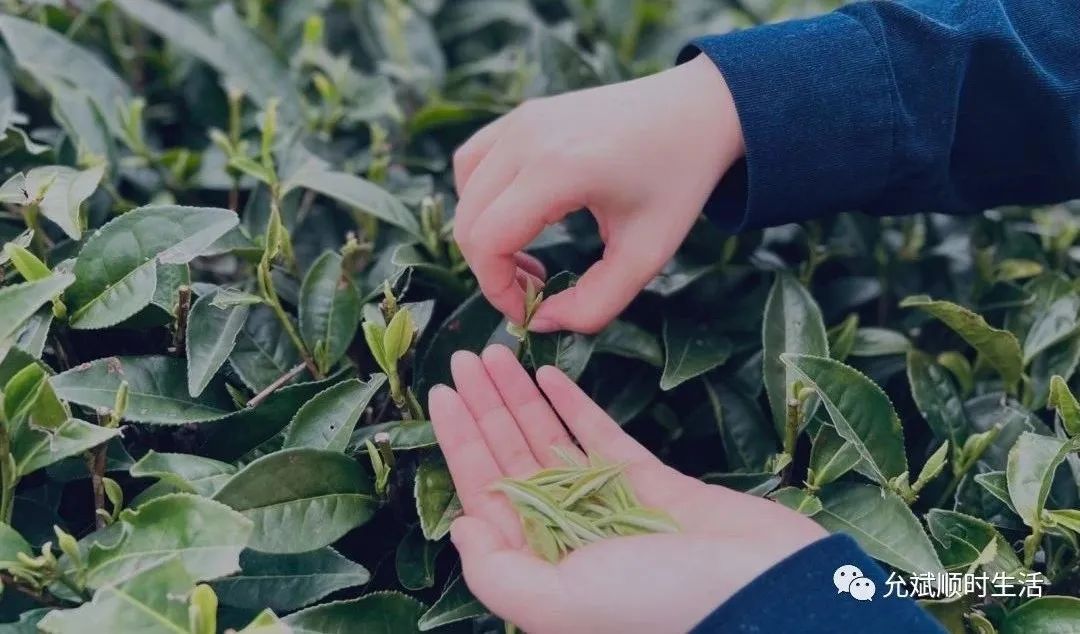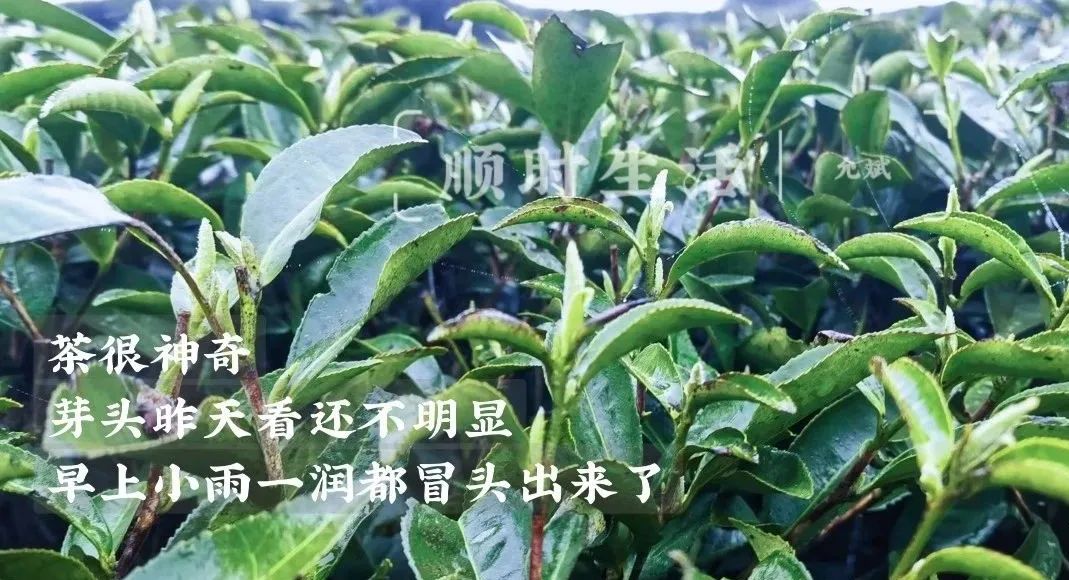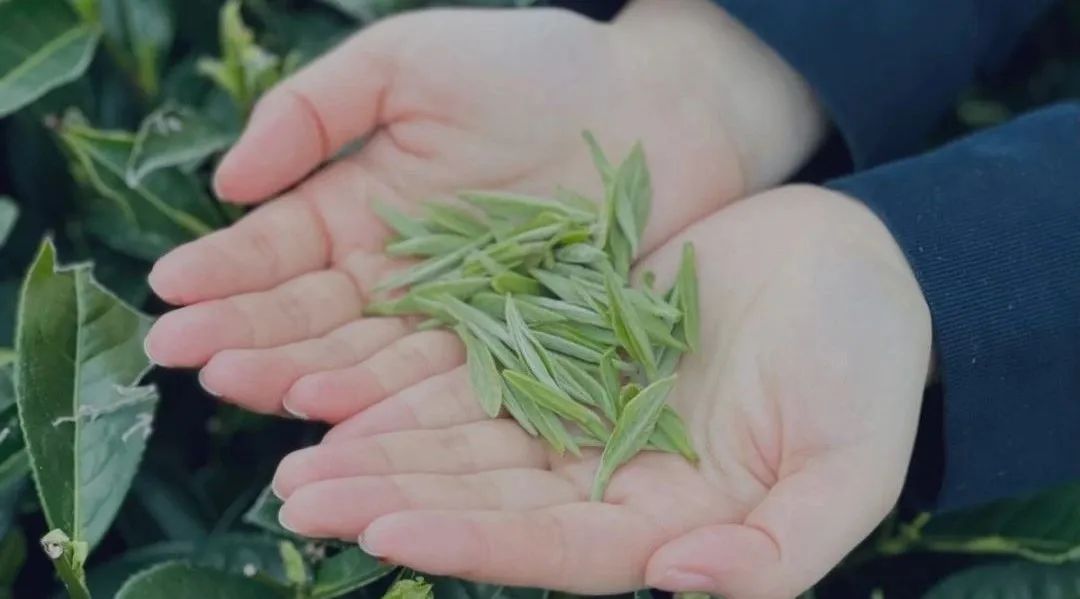As the Grain Rain season arrives, nature awakens with renewed energy. For tea lovers, this marks the perfect time to enjoy the year’s freshest teas. But beyond their delicate flavors, spring teas—especially those harvested before the Qingming Festival—hold remarkable health benefits. Let’s explore how these teas can support wellness, from protecting brain health to easing seasonal stress.
1. The Ancient Wisdom of Tea and Longevity

Centuries ago, a famous Chinese artist and scholar, Wen Zhengming, wrote a poem about tea’s healing power. He described how sipping fresh tea during the Grain Rain season brought him joy, even as he aged. Living to 90 years old in an era without modern medicine, Wen’s longevity hints at the timeless value of tea in traditional wellness practices.
Modern research now supports what Wen intuitively understood. Tea, particularly spring-harvested varieties, contains a unique compound called L-theanine. Studies suggest this amino acid may help:
- Reduce the risk of strokes and age-related cognitive decline
- Slow down cellular aging
- Promote relaxation without drowsiness
2. Spring Tea Harvesting: A Race Against Time

In China, tea farming follows a strict seasonal rhythm:
- Before Qingming Festival (Early April): The first tender buds are picked. These “first flush” leaves are prized for their mild flavor and high nutrient content.
- By Grain Rain Season (Late April): The processing of spring tea is complete. This timing allows the leaves to develop a balanced aroma and flavor.
Why are first-flush teas special?
Young tea buds grow rapidly in spring, absorbing the season’s energy. Like vegetables harvested at peak freshness, these leaves pack more:
- L-theanine (up to 3% of their weight)
- Antioxidants
- Trace minerals
3. Tea for Modern Wellness: New vs. Aged Teas
All teas offer benefits, but their effects vary with age:
| New Tea (1-2 years old) | Aged Tea (3+ years old) |
|---|---|
| Clears internal heat | Soothes digestion |
| Detoxifies the body | Relieves coughs/fevers |
| Energizes the mind | Warms the body |
Personal Tip: I drink aged white tea from February to April to strengthen immunity. When summer heat arrives, I switch to new spring teas for their cooling effect.
4. Why Spring Tea Tastes Better (and Does More)

Unlike bitter summer leaves, first-flush spring teas offer a naturally sweet, floral taste. This comes from their high L-theanine content, which:
- Counters the stimulating effects of caffeine
- Lowers stress hormones like cortisol
- Enhances focus and memory
A Simple Test for Quality Tea:
Even non-tea drinkers can recognize premium spring tea. Steep the leaves and inhale deeply. If the aroma feels uplifting yet calming, you’ve found a good batch.
5. How to Enjoy Tea Without Losing Sleep
Many avoid tea due to caffeine sensitivity. Here’s how to savor it worry-free:
- Morning: Drink stronger teas like black or oolong.
- Afternoon: Opt for gentle spring green/white teas.
- Evening Neutralizer: Chew 2-3 dried mulberry leaves or brew them into tea. Compounds in mulberry block caffeine absorption.
6. Don’t Throw Those Used Leaves!

After brewing, spring tea leaves remain edible and nutritious. Try:
- Mixing them into soups or stir-fries
- Blending into smoothies
- Adding to salad dressings
Why?
Steamed tea leaves retain:
- Fiber for gut health
- Vitamin C (30% of raw content)
- Metabolism-boosting polyphenols
7. Tea and Seasonal Health

This year’s erratic spring weather—sudden heatwaves, cold snaps, and storms—has left many feeling fatigued or irritable. Spring teas help rebalance the body by:
- Cooling “internal fire” (inflammation)
- Supporting liver detoxification
- Hydrating with electrolyte-like minerals
Recommended Routine:
Drink 1-2 cups daily, ideally before 3 PM. For extra cooling, add a chrysanthemum flower to your teapot.
8. Choosing Your Spring Tea
Look for these markers of quality:
Appearance
- Color: Vibrant green (green/white teas) or golden-brown (aged teas)
- Texture: Whole buds or tightly rolled leaves, not crushed
Aroma
- Fresh, grassy notes (new teas)
- Earthy, honey-like depth (aged teas)
Price
First-flush teas cost more due to limited supply, but you need less per serving. 50g (1.7oz) lasts 2-3 weeks with daily use.
9. Brewing the Perfect Cup

Basic Method:
- Warm your teapot with hot water.
- Add 1 tsp leaves per cup.
- Pour water heated to 70–80°C (158–176°F).
- Steep 1–3 minutes.
Pro Tip:
Reuse leaves 3–5 times. Each infusion releases different compounds!
10. Frequently Asked Questions

Q: Can I drink tea on an empty stomach?
A: Aged or fermented teas (black, pu-erh) are safer. New teas may irritate sensitive stomachs.
Q: Are tea supplements as good as loose leaves?
A: No. Whole leaves contain synergistic compounds lost in extracts.
Q: How long does spring tea stay fresh?
A: Store in airtight containers away from light. New teas last 12–18 months; aged teas improve for decades.
Final Thought
Tea isn’t just a drink—it’s a ritual that connects us to nature’s cycles. By choosing spring-harvested leaves, you’re not only treating your taste buds but also investing in long-term wellness. As Wen Zhengming’s poetry reminds us, sometimes the simplest traditions hold the deepest wisdom.
